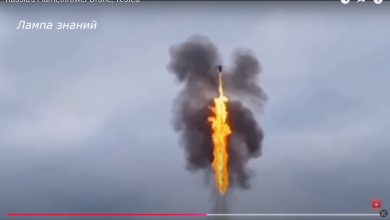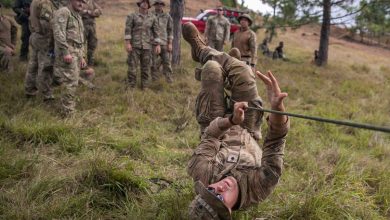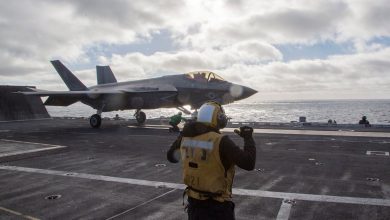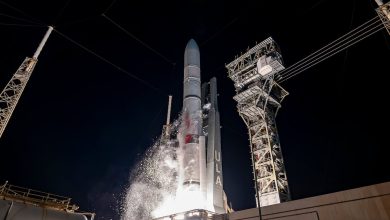Army closes in on autonomous boats to ferry supplies into battle
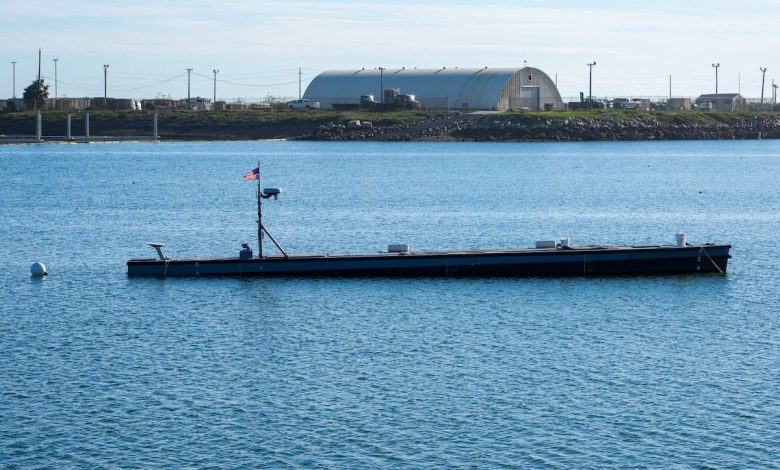
The Army is developing requirements to distribute supplies to troops on the battlefield in a contested environment using a network of autonomous boats and aircraft, according to the general in charge of logistics modernization.
“Our focus is an ecosystem looking at how we improve the supply chain, but also ensuring that we could keep that supply chain in motion — given a peer adversary like China — [when] we’re not able to [establish] fixed sites and keep them there for long periods of time,” Brig. Gen. Shane Upton, the Contested Logistics Cross Functional Team lead within Army Futures Command, told Defense News.
“Quite frankly, the lessons we’ve seen in Ukraine, the lessons we’re seeing recently in the Middle East — if it’s static for too long, especially resupply or logistics nodes, it becomes a target,” he said.
Upton’s team soon plans to take an abbreviated capabilities document on requirements for autonomous watercraft to the Pentagon for approval.
Smaller, autonomous watercraft, particularly in the Pacific, present a dilemma to adversaries “if there’s enough of them out there,” Upton said.
“You really don’t know which one to target,” he added. “Also, unmanned air systems that move cargo off those systems onto land — or even to a point of need directly to widely, distributed forces — [are] a focus area.”
The other near-term pursuit for using autonomous systems to distribute supplies will be larger cargo drones with greater range, he added. The team is writing a capabilities document to define those characteristics as well.
The Army demonstrated cargo drones at Project Convergence, the service’s periodic effort to experiment with future concepts and capabilities.
“We’ve rapidly seen the need that we absolutely want to use [unmanned aircraft systems] in supply and distribution, but it has to have more capacity and range than some of the smaller ones,” Upton said. “The smaller [craft] are very purpose built and very effective for [intelligence, surveillance and reconnaissance], lethal effects. They’re low cost. They can be attritable. When we’re talking about moving [supplies], we need a greater capacity for lift and they’ve got to go longer ranges.”
Upton attended an industry meeting just prior to the Association of the U.S. Army’s annual conference with an eye on larger cargo option developments as his team works to design an ecosystem of autonomous supply delivery.
Watercraft systems were already taking a huge step forward through extensive development work by the U.S. Navy and Marine Corps prior to the establishment of the Army’s Contested Logistics CFT, which was almost two years ago.
The industry for small, autonomous watercraft is growing, Upton added, and there are several companies that have gone from creation to having boats in the water in less than a year.
After one particular company stood up, less than six months elapsed before it was conducting experiments with the Navy in the Atlantic Ocean. The organization now has the ability to make several hundred boats a month, Upton said.
Another consideration with cheap autonomous vessels is the possibility of using them as decoys. The Navy and Marine Corps are also looking into the possibility of adding lethal effects to some of the watercraft, Upton said.
Advancements in larger cargo drones and faster craft are coming as well, he noted following a recent meeting with industry developing systems in the commercial space.
Upton cited additional emerging tech features, such as hydrogen-powered drones that can travel 1,000 miles and carry 1,000 pounds, as promising developments.
Jen Judson is an award-winning journalist covering land warfare for Defense News. She has also worked for Politico and Inside Defense. She holds a Master of Science degree in journalism from Boston University and a Bachelor of Arts degree from Kenyon College.
Read the full article here


